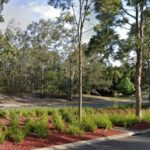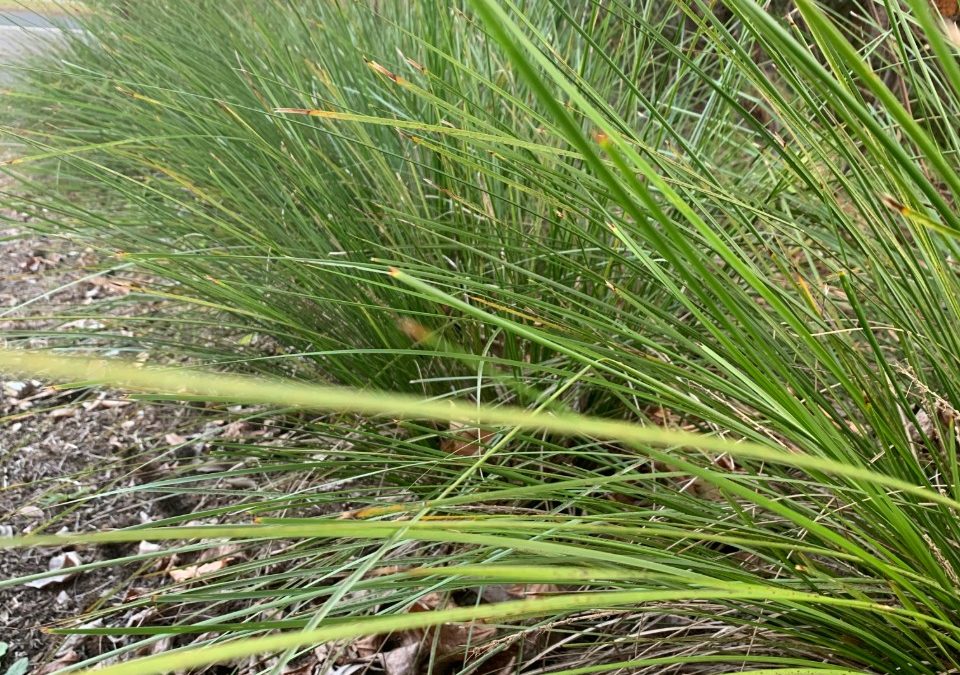 Gardening on nature strip
Gardening on nature strip
Our land abounds in nature strips!
It is that oft forgotten piece of land that’s just outside your property also known as the verge. The council owns it but you maintain it.
Nature strips are iconic of Australian suburbia, an essential part of what Geoffrey Bolton has called the ‘monotonous fidelity’ of the street grid.
‘Nature strips contribute significantly to the streetscape and visual amenity of local neighbourhoods’.
Holding on to that statement, what if, instead of the blandness of a turf worn thin by the postie and pedestrians, this space is lushly vegetated?
If all the nature strips, medians and round-abouts are added, they go to make a large percentage of ‘public green spaces’ (it is 1/3 of all the public spaces in Melbourne, I believe).
It is a well known fact that the more greenery there is, not only does the ground water gets re-charged, soil erosion is lessened, it contributes to the visual amenity of the neighbourhood, uses less fertilizer and increases bio-diversity.
Reduction in mowing is directly proportional to increase in bio-diversity.
And one of the biggest wins- you get to meet the neighbours!
The lure of a no-mow nature strip allows for more pollinators to gather at your kerbside.
So here’s to putting some nature into the nature strip.
Now many councils are permitting planting of ground covers, shrubs or edible plants.
Different councils have their own rules for what can and cannot be done on the nature strip.
Once you follow the council regulations, the easy start to footpath gardening can begin from the inner side of the footpath.
This is the first step towards allowing your garden to blend with the streetscape.
Before you start digging and planting, underground services need to be checked for.
Principles of gardening in your nature strip
Some simple rules to get you thinking of gardening in a ‘public garden’:
- Choose small plants that don’t grow more than 1m high
- Plants should be hardy, able to grow with no or little supplemental watering
- Depending on the positioning, they should be ‘trample-able’
- Remedy the soil- that would have got compacted over the years and do a soil test
- Opt for perennials and not annuals for ease of maintenance
Some councils have information on the policies and protocols involved
Randwick Council
Canada Bay Council
Lanecove Council
Blacktown Council

